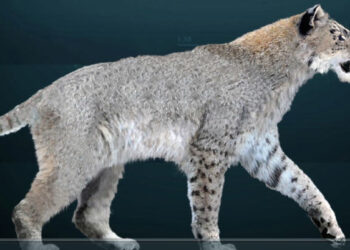Every dog has its day, but some dogs get more days than others. Toy poodles can live 18 years or more, while the average Great Dane is lucky to live half that long. This large discrepancy in the life spans of animals within a single species is uncommon, yet scientists aren’t sure which traits help certain dog breeds outlive others.
Researchers in England recently set out to determine what impacts canine life expectancy. The team amassed a dataset of more than 580,000 domestic dogs of more than 150 different breeds in the U.K. Their findings, published on Thursday in Scientific Reports, reveal that traits such as size, sex and head proportion are likely to have a large impact on how many years of life a certain canine has.
“If you have a medium-sized, flat-face male dog, like an English bulldog, it’s nearly three times more likely to live a shorter life than a small-size, long-face female of a breed like a miniature dachshund or an Italian greyhound,” says Kirsten McMillan, a data scientist at Dogs Trust, the largest canine humane society in the U.K., and lead author of the new study.
On supporting science journalism
If you’re enjoying this article, consider supporting our award-winning journalism by subscribing. By purchasing a subscription you are helping to ensure the future of impactful stories about the discoveries and ideas shaping our world today.
Over the past 16,000 years, humans have made the domestic dog (Canis lupus familiaris) into one of the most widespread and diverse species on the planet. Today there are more than 400 genetically distinct breeds, ranging from pint-size Pomeranians to massive mastiffs. With such different body types and lifestyles, it makes sense that dogs of different breeds would fare differently as they aged.
Past work has revealed a few broad trends: female dogs tend to fare better than males, and smaller breeds tend to outlive larger ones. There is also growing evidence that popular flat-faced breeds such as bulldogs and…
Read the full article here






